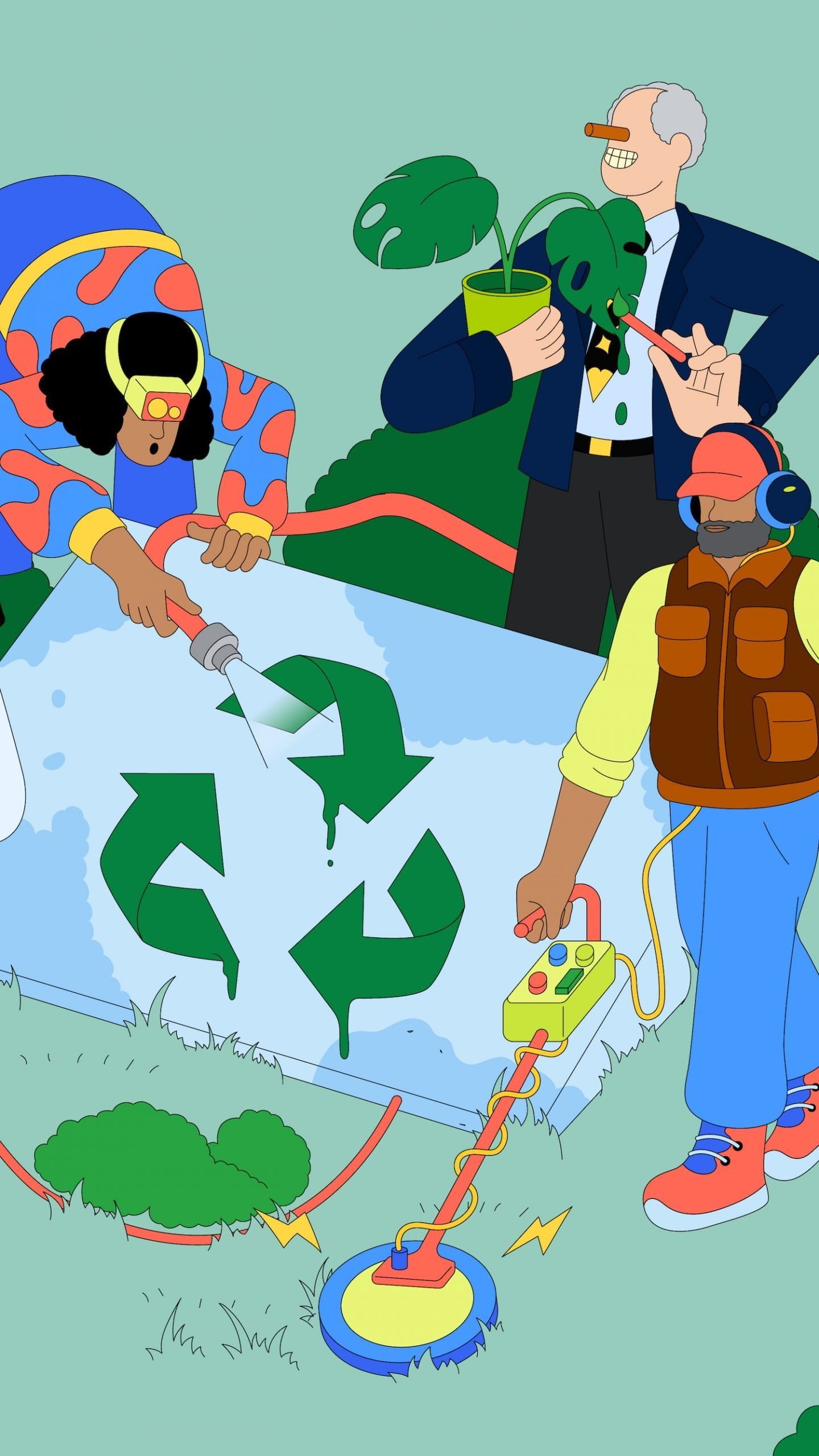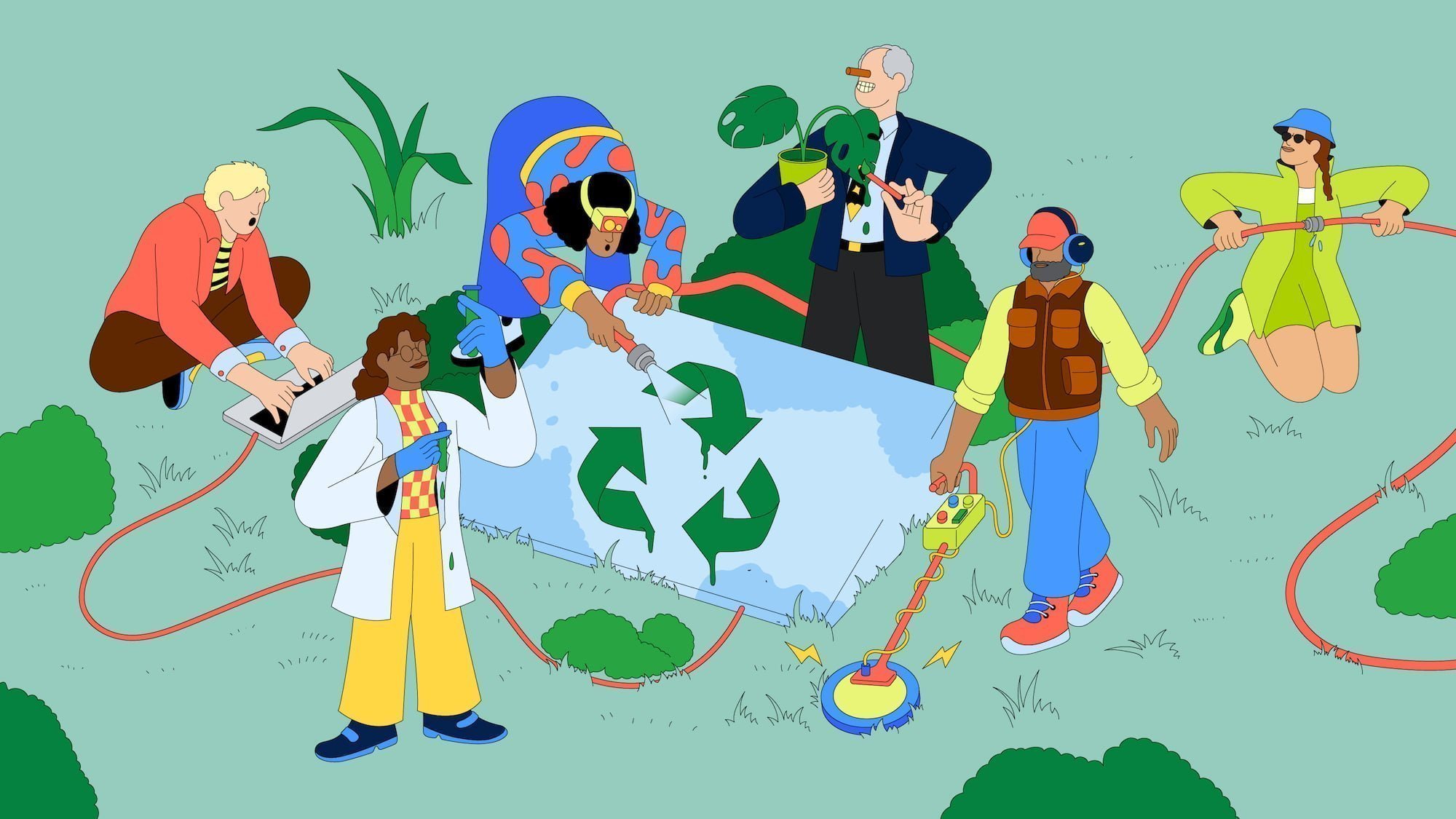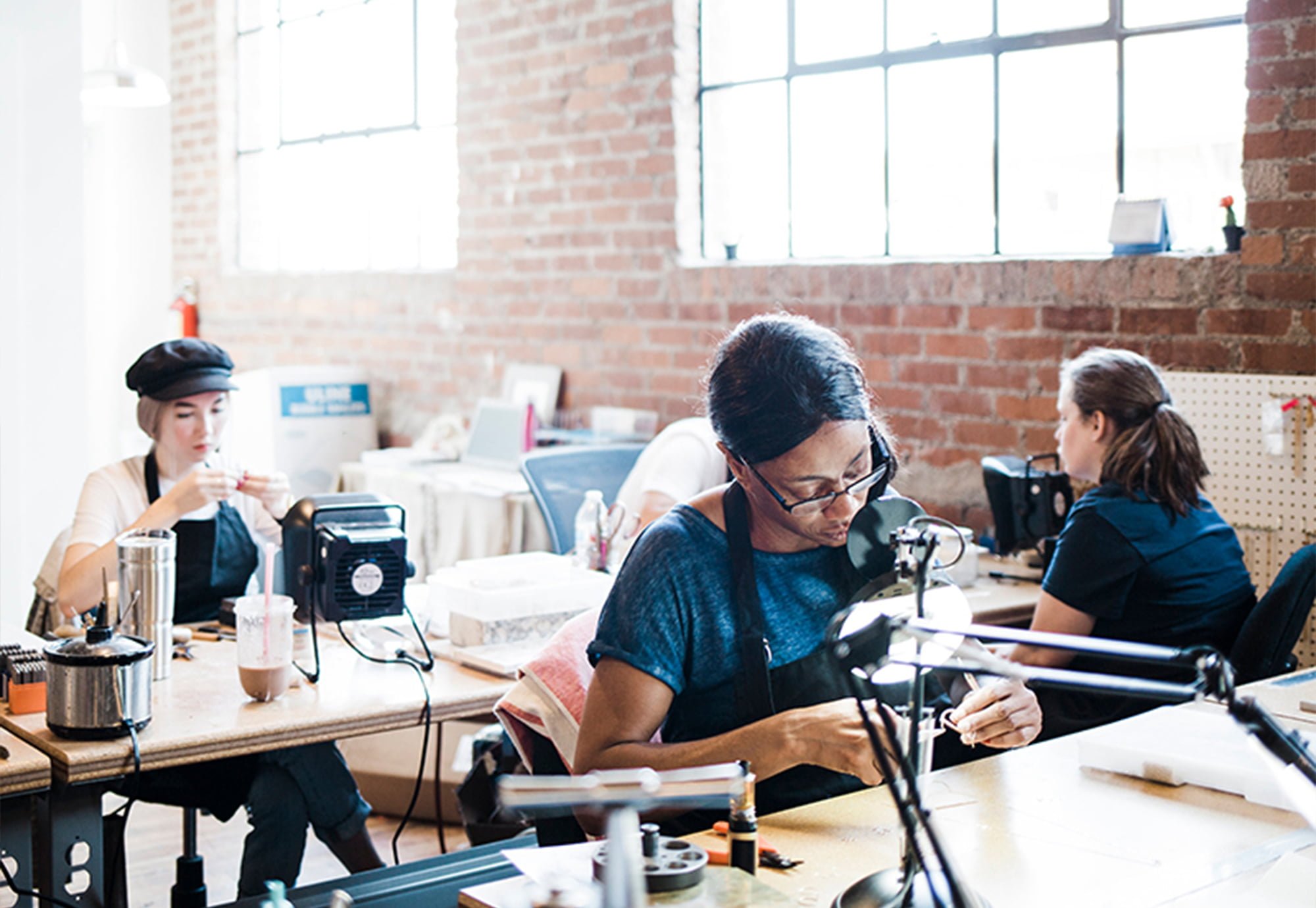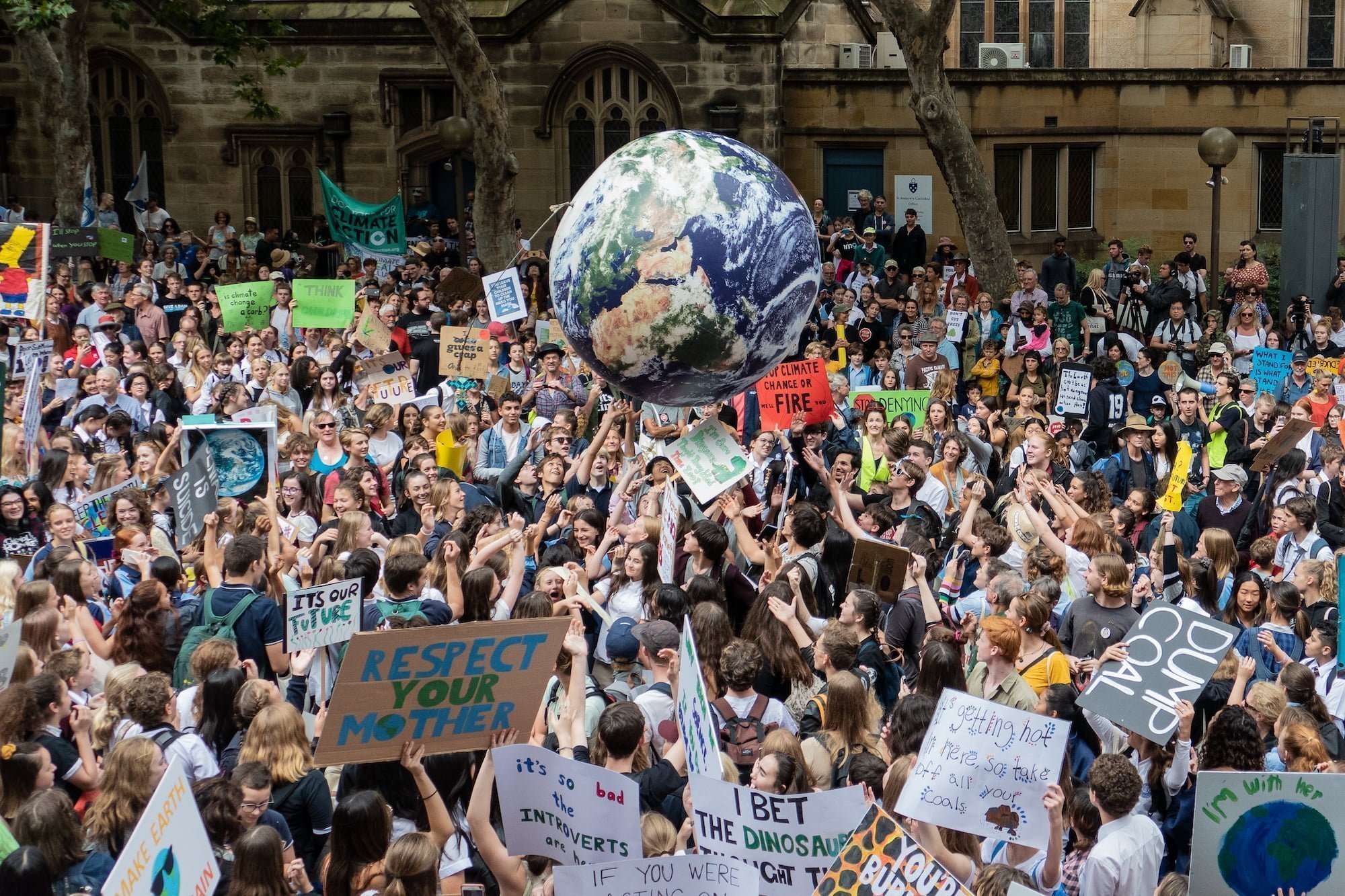These are the detectives, data geeks, placard-wavers and pranksters checking whether environmental claims stack up – and calling them out when they don’t.
We live in a golden age of greenwashing.
Concern about the harm humans are doing to the environment is higher than ever, so companies selling food, flights, fashion and fuel are all itching to show off their eco credentials. But while meaningful climate action takes serious effort, talking about it is all too easy.
In fact, a study by a campaign group in the UK found last year that legitimate green claims from big fashion brands were far outnumbered by those that were unsubstantiated or misleading.
Greenwash is everywhere, and it comes in many shades. It’s the leafy forest image used to advertise activities that are a long way from green. It’s the label reassuring us that an item is ‘planet friendly’ when the real story is not so simple. It’s the proud social media post about a day spent planting trees – and the silence about what happened on the other 364 days.
Of course, you can’t blame companies for wanting to show their best side and celebrate every little win. After all, with so few rules guiding what you can and can’t say, sustainability reporting is one big grey area. Who wouldn’t want to paint it green?
But at its worst, greenwash is a harmful distraction that undermines real progress and puts more honest players at a disadvantage.
Luckily, a heroic alliance of activists, data geeks and other defiant souls are stepping up to hose off the green paint – and keep the world’s energies focused on what’s real.
Shall we meet them?
1. The fact checkers
Poring over data on corporate sustainability claims isn’t how most of us choose to spend our spare time. The good news is that armies of fact checkers have done the work for you. Good on You, started by Australian consumer advocate Gordon Renouf, lets shoppers check on the ethical and environmental credentials of thousands of fashion companies, which are given a one-to-five star rating. Remake does a similar job, with brands scoring from 0 to 100. (Congratulations to Tonlé, the current top-rated brand, with a score of 98.) And Wherefrom collects customer reviews of brands’ sustainability performance, so you can see what others have to say about a company’s transparency and impact on the planet.
Greenwashing, explained with hamsters
This five-minute video from WaterBear spells out some of the ways greenwashing happens. With hamsters.
2. The consumer champions
When shoppers have simple, trustworthy information about what they’re buying, greenwash doesn’t stick. In the UK, the Carbon Trust has created a carbon footprint labelling system to show the environmental impact of a product and its packaging. The idea is to make it harder for companies to get away with empty claims or vague wordings that suggest they’re greener than they are.
Technology can help too. A new digital tool called Provenance, which recently won a €1m prize from the European Union, aims to make it easier for companies to get their sustainability claims independently verified, and for customers to check that the information they’re seeing is legit.
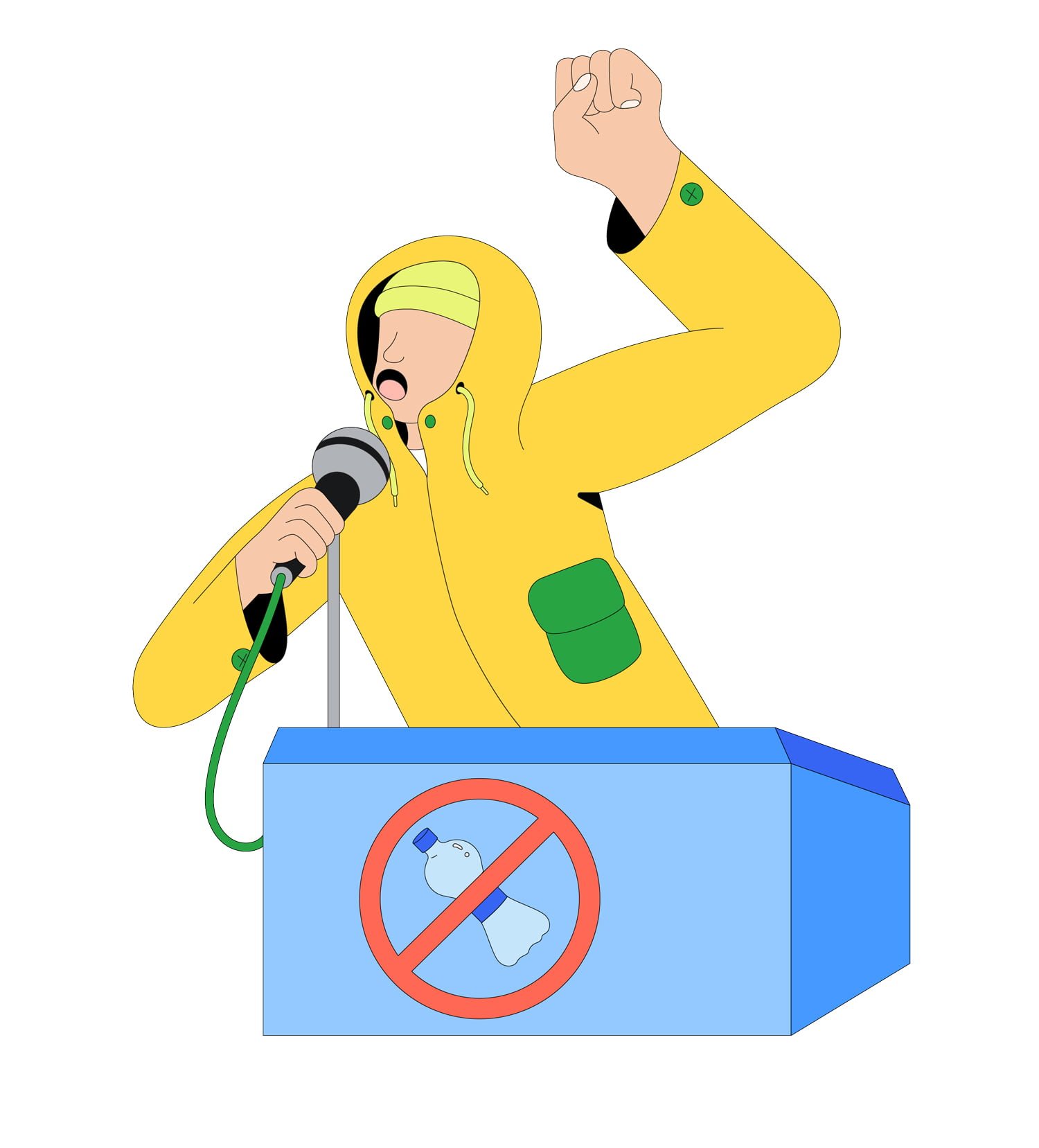
3. The agitators
Ever since she started her solo climate strike in 2018, Greta Thunberg’s message has been consistent: “listen to the scientists” and act now. Her famous “blah, blah, blah” riposte to politicians who throw around buzzwords like “build back better” without the policies to match, has become a catchphrase of the movement. Dealing with climate change, she said, “starts with facing the reality of the situation, as uncomfortable as it may be. It starts with taking action. And it starts now.”
Plastic campaigners are also demanding a little less conversation and a little more action. Groups like Break Free From Plastic have grown tired of big companies like Coca-Cola and PepsiCo putting so much of their resources into “green” projects that are announced with great fanfare then fizzle out, and headline-grabbing initiatives that don’t actually address the real problem. These, campaigners say, distract from the real work of rebuilding the industry around reuse instead of single-use – a task that gets much less attention from manufacturers.
4. The rulemakers
When greenwash is used to sell products, shoppers aren’t getting what they pay for, and genuinely green companies lose out. So last year consumer authorities across Europe came together to examine environmental claims on the websites of businesses selling everything from clothes to cleaning products. Forty-two per cent of the statements they looked at turned out to be exaggerated or misleading. The UK’s competition regulator says time’s up with these overblown claims, and warned companies that excessive greenwashing could land them in court. Its new Green Claims Code sets out how to get it right. The rules make sure that responsible companies “get the credit they deserve”, the regulator said. In the US, the stock market regulator has formed a task force to look at how companies report on their green activities, and the Senate is considering new rules.
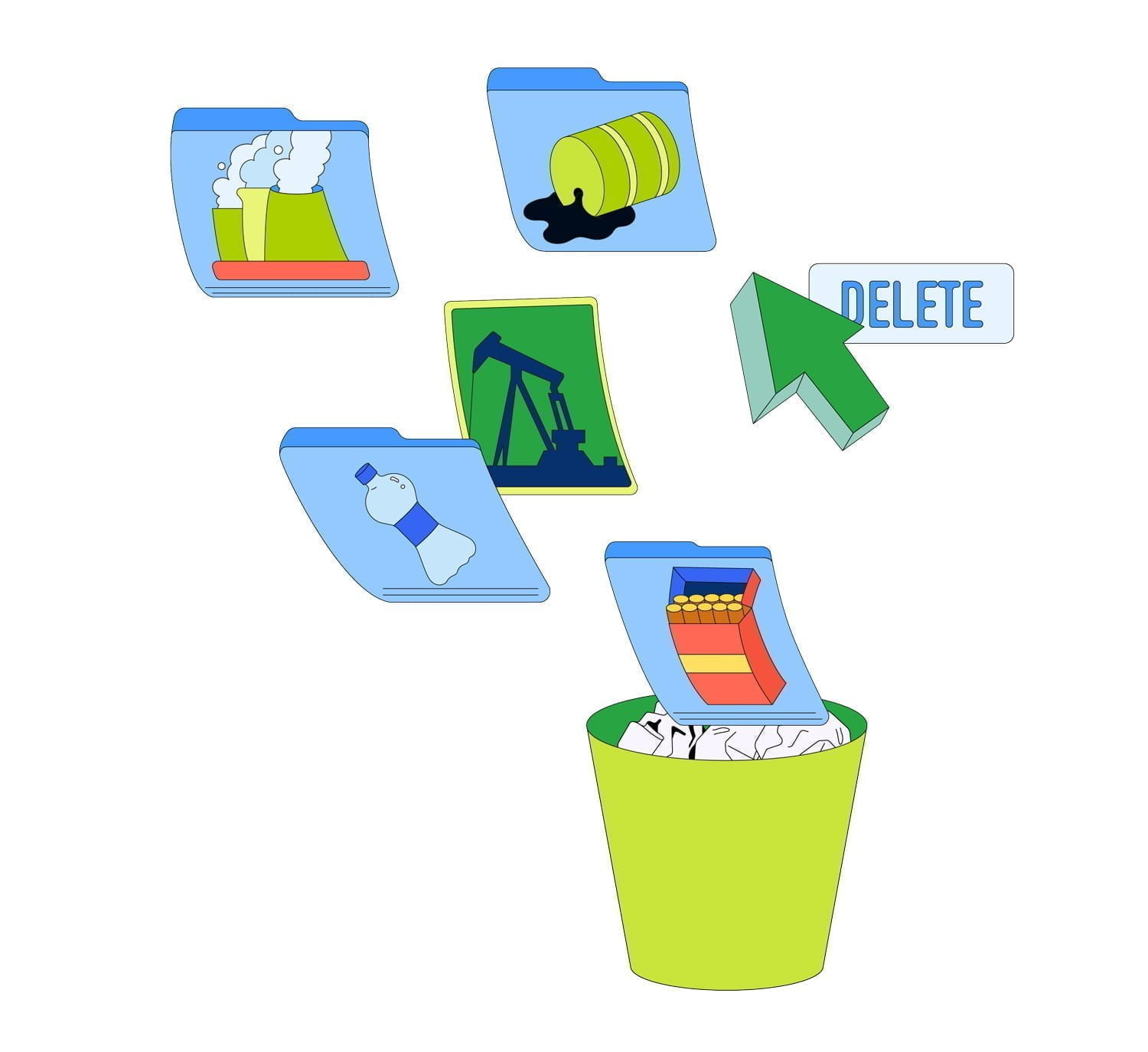
5. The refuseniks
For those who work in advertising or public relations, there’s money to be made from making companies look more green. A project called Clean Creatives is encouraging ad agencies and creatives to resist that temptation when it comes to the biggest polluters. Lots of agencies already turn down work from tobacco companies, they argue, so why not also say no to the businesses most responsible for polluting the atmosphere? So far 295 agencies and 900 creatives have signed up to the pledge. And they’re putting pressure on more agencies to get on board, by handing out awards for greenwashing in ad campaigns.
6. The repenters
Companies that have indulged in a little greenwash can change, and become strong advocates for effective action. Dutch eyewear firm Ace & Tate, which makes a big deal of its green credentials, ended up issuing an apology for some of its decisions. In an effort to look greener than green, it had set carbon reduction goals that turned out to be unreachable, and was using natural materials which actually made the products harder to recycle. “We f*cked up”, said Ace & Tate, which has now become a certified B Corp, embracing third-party standards for environmental impact. “One of the key learnings for our team is to focus on making good changes rather than changes that just look good,” the firm said.
7. The investigators
Did you know that only one in six social media posts from major fossil fuel companies mentions fossil fuels? Two thirds of their posts talk about green initiatives, even though 80% of these companies’ activities are still in oil and gas.
We know this thanks to the award-winning team at DeSmog, a nonprofit news site described by Time magazine as the “antidote” to the millions spent on lobbying by some of the world’s most polluting businesses. For 16 years, DeSmog’s investigations have helped balance the debate.
Kert Davies of the Climate Investigation Center is another investigator whose work has put pressure on big firms like Exxon to “own their legacy”. Davies, who spent years uncovering how Exxon funded climate misinformation, now urges them to “work with the rest of the world to try to solve the climate crisis”.
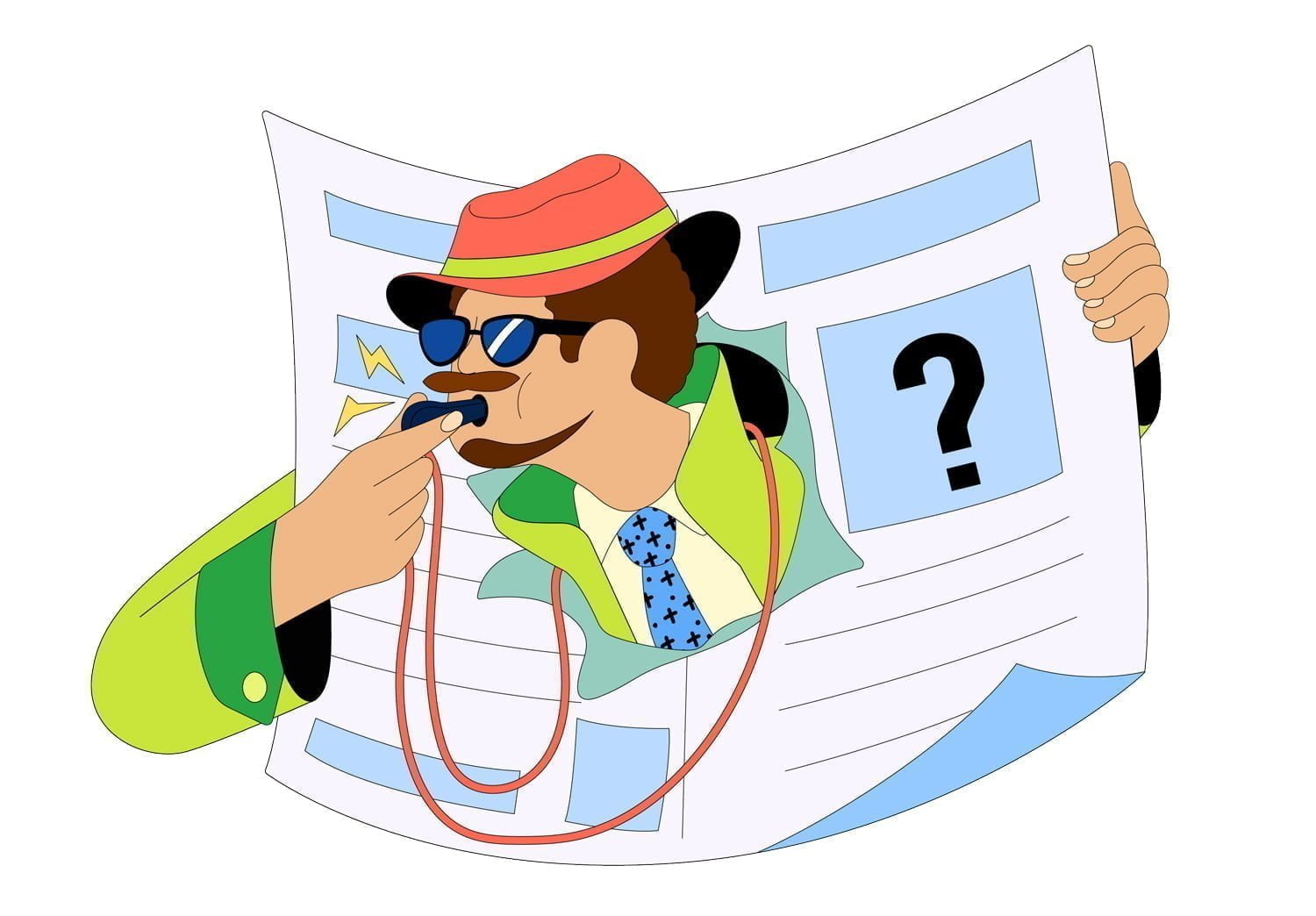
8. The whistleblowers
Sometimes it takes an insider to bring attention to what lies behind green claims. Last year Desiree Fixler, the former head of sustainability at asset manager DWS, accused the company of exaggerating its green investment activities (known as ESG, standing for environmental, social and governance). This week the company’s offices in Germany were raided by police investigating alleged greenwashing, and the CEO resigned.
The fashion world has also seen insiders lift the lid. Californian fashion brand Everlane’s ethical image came into question in 2020 when staff spoke up to say that its claims about being kinder and greener than its rivals, were little more than words. The company responded by making internal changes and setting clearer sustainability goals (although some observers say they’re yet to see the evidence).
9. The lawyers
If companies pollute the atmosphere and try to hide it, the cost should fall on them, rather than on everyone else, right? That’s what lawyers representing the US states of Vermont, Minnesota and Massachusetts believe, and they’re going to court to make it happen. Not only are they seeking millions of dollars from companies they say have misled consumers, they’re also pushing for health warnings on fuel products, like the ones we already see on cigarette packets. Keith Ellison, the attorney general of Minnesota, says it’s ultimately about making sure that, as the impacts of climate change are felt, the people most vulnerable to its effects can “live with dignity and respect”.
Environmental lawyers ClientEarth specialise in using the law to “speak up for our planet”. In 2019 they took on BP over a glossy ad campaign showcasing its wind and solar farms. This gave a skewed impression of BP’s real business, they argued, which remains 96% oil and gas (BP has since ended the campaign). ClientEarth is also challenging Dutch airline KLM over the way it advertises carbon offsets, and the viability of its pledge to go net zero by 2050.
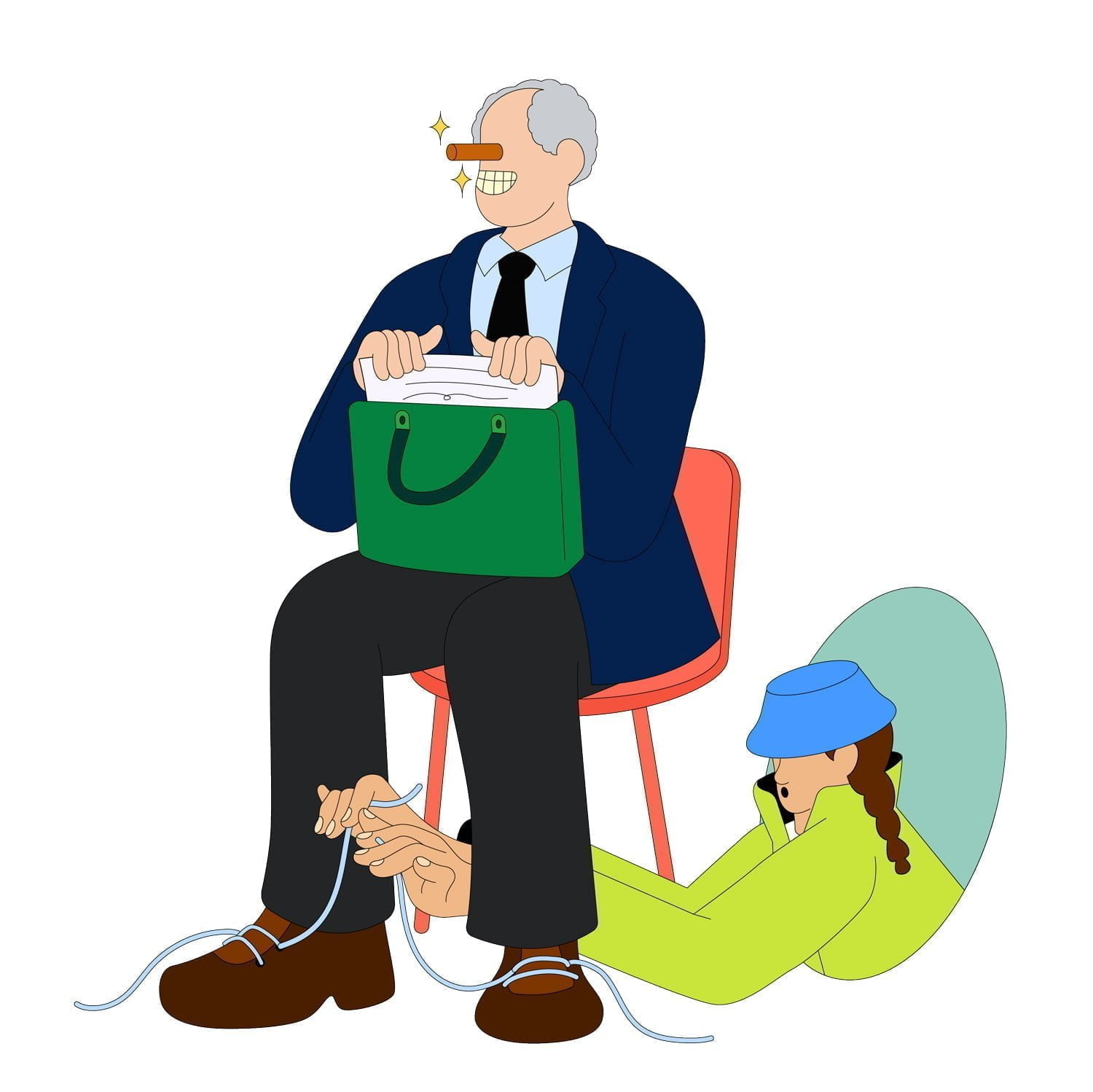
10. The pranksters
Are they comedians? Protesters? Performance artists? Whatever you call them, the Yes Men are experts at grabbing people’s attention, and drawing it to things that some would rather not talk about. In 2010 the pair issued a fake apology on behalf of oil giant Shell for polluting Nigeria’s Niger Delta. They set up a whole website shellapologises.com and even said sorry in person to members of the public outside the oil giant’s HQ in the Netherlands. Shell didn’t see the funny side, but the stunt helped draw wider attention to the plight of one of the world’s most polluted places, which has since secured hundreds of millions of dollars in compensation.
What you can do
Find out what rules (if any) there are on greenwashing where you live. As an example, here’s the UK’s new Green Claims Code.
The Green Claims CodeCheck out the environmental ratings for your favourite fashion brands at Good on You.
See the ratingsDiscover the B Corp movement – where companies commit to external checks on their impact, to rise above the greenwash. Look out for the B Corp logo on company websites.
Find out moreFind out more about ClientEarth’s legal actions against greenwashing.
Visit ClientEarth